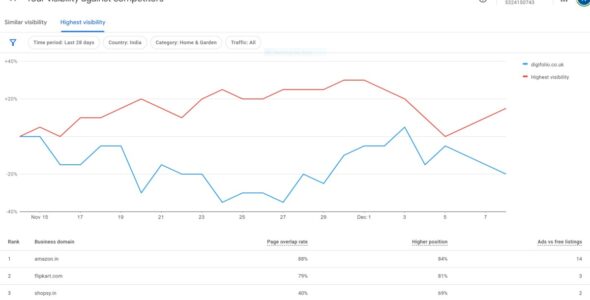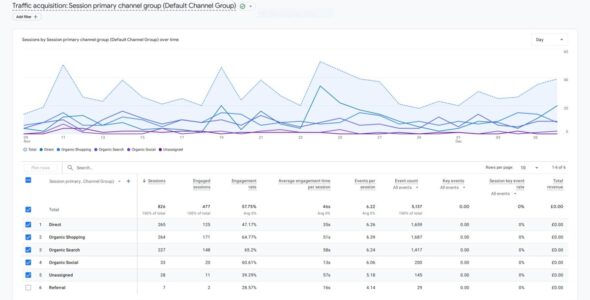Understanding Real Estate Data Warehousing: Building a Solid Foundation
Real estate data warehousing is the process of collecting, storing, and managing real estate data in a centralized repository. This data can be used to analyze market trends, identify undervalued properties, and make better investment decisions.
A well-designed real estate data warehouse can provide a number of benefits, including:
- Improved decision-making: By having access to a centralized repository of data, real estate professionals can make more informed decisions about their investments.
- Increased efficiency: Real estate data warehousing can help to streamline operations and improve efficiency.
- Enhanced compliance: By storing data in a centralized repository, real estate professionals can better comply with regulations.
- Reduced risk: Real estate data warehousing can help to reduce risk by providing a more comprehensive view of the market.
There are a number of factors to consider when designing a real estate data warehouse, including:
- The types of data that need to be collected
- The frequency with which the data needs to be updated
- The security requirements for the data
- The budget for the project
Once a data warehouse has been designed and implemented, it is important to manage it effectively. This includes tasks such as:
- Cleaning and transforming the data
- Analyzing the data
- Distributing the data to users
- Maintaining the data warehouse
By understanding real estate data warehousing and building a solid foundation, real estate professionals can make better decisions, improve efficiency, and reduce risk.
Here are some specific steps you can take to build a solid foundation for real estate data warehousing:
- Define your data needs. What types of data do you need to collect and store? This will depend on your specific business needs.
- Choose the right data warehouse solution. There are a number of different data warehouse solutions available, so it is important to choose one that is right for your needs.
- Collect and store the data. This can be done manually or through automated means.
- Clean and transform the data. This is important to ensure that the data is accurate and consistent.
- Analyze the data. This can be done using a variety of tools and techniques.
- Distribute the data to users. This can be done through a variety of channels, such as a data warehouse portal or a data mart.
- Maintain the data warehouse. This includes tasks such as backing up the data, monitoring the performance of the data warehouse, and making necessary changes to the data warehouse.
By following these steps, you can build a solid foundation for real estate data warehousing and improve your ability to make informed decisions.
Here are some additional tips for building a solid foundation for real estate data warehousing:
- Start small and scale up as needed.
- Get buy-in from all stakeholders.
- Invest in the right tools and technologies.
- Have a clear plan for maintenance and upkeep.
- Be patient and persistent.
By following these tips, you can build a solid foundation for real estate data warehousing that will help you achieve your business goals.





